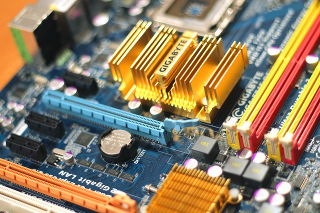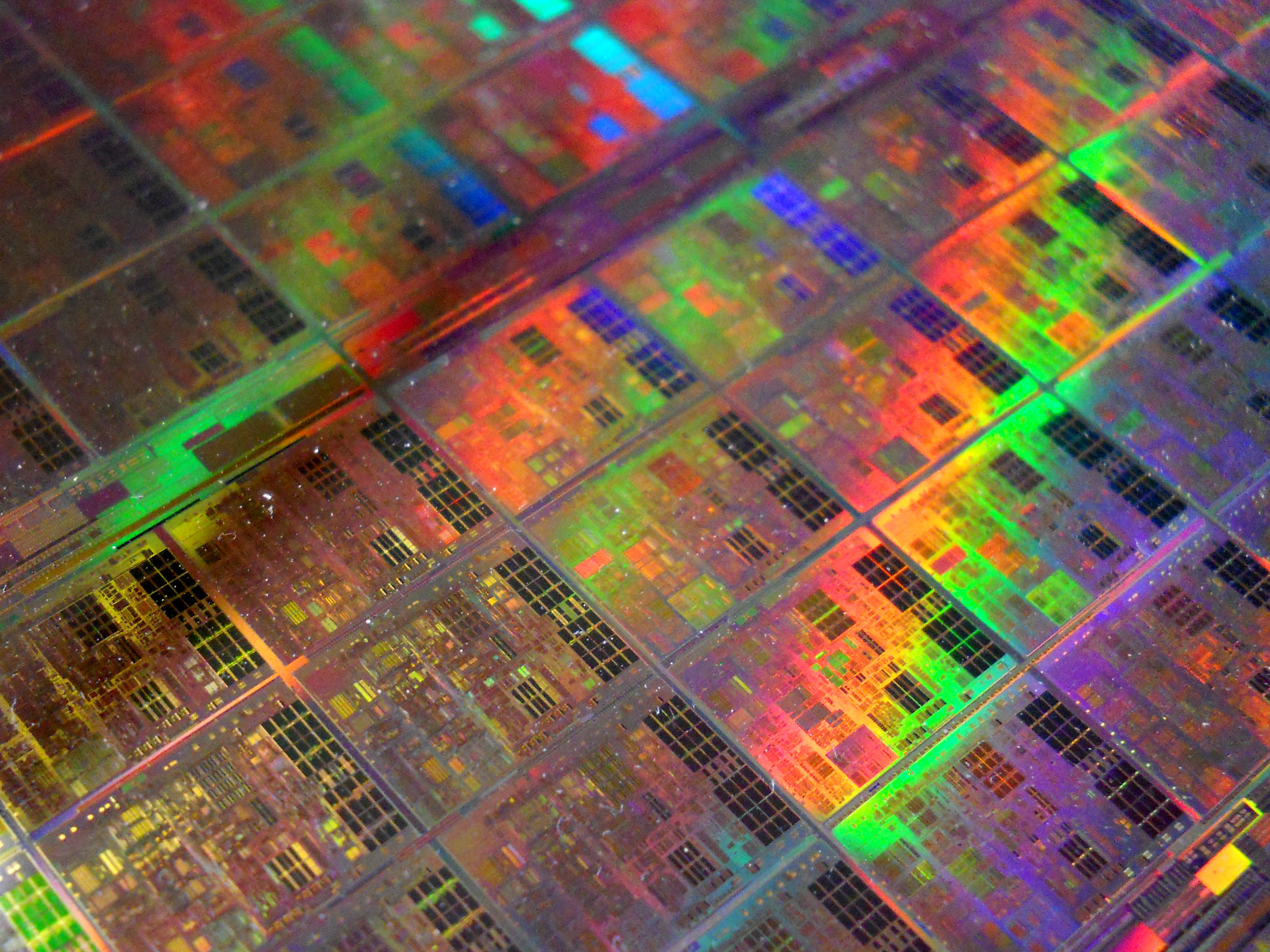Research Topics
Our current research topics concentrate on four areas:
- Low-Power Design: Low-power coding, stochastic computing, dedicated hardware accelerators, etc.
- New Technologies: Vision-Systems-on-Chip, 3D-integration, reversible circuits, nanophotonic technologies, etc.
- Multiprocessor Architectures: Networks-on-Chip, Hardware Operative-Systems, massive parallel architectures, etc.
- IoT-Edge-Cloud Networks Task offloading and resource scheduling, Event-triggered communication control, Non-linear system state estimation, etc.




